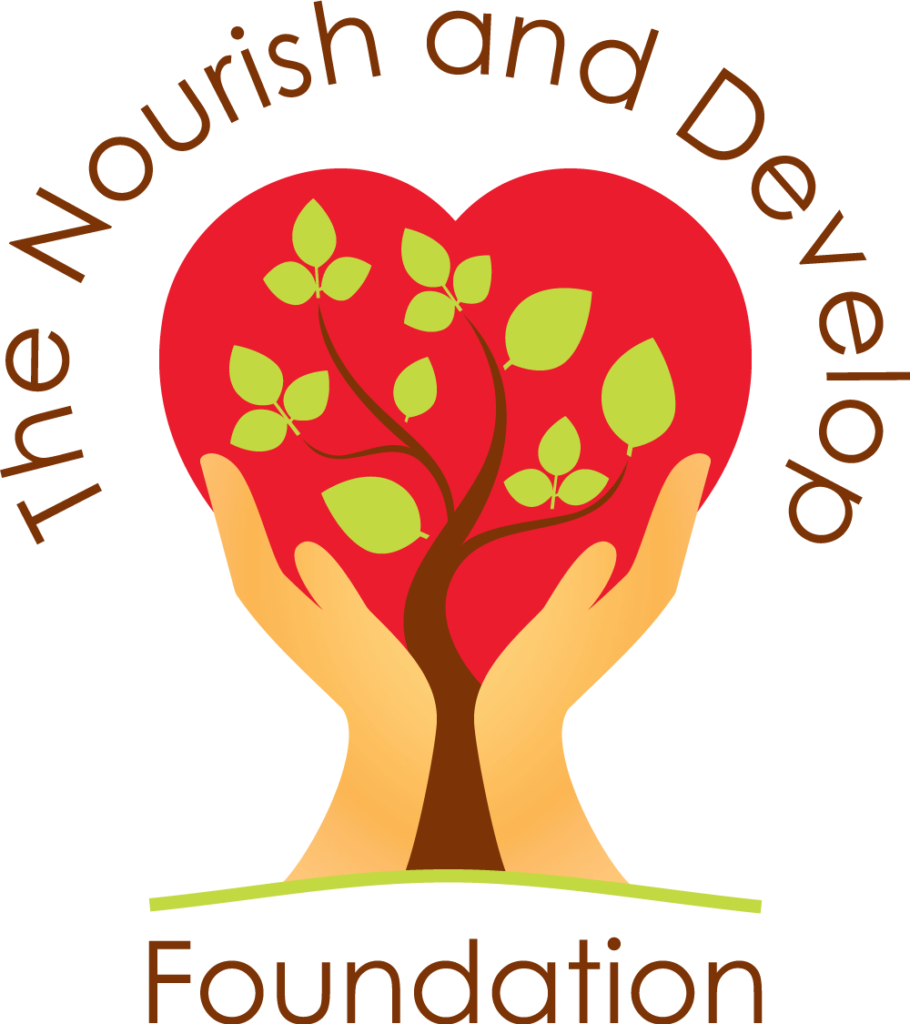Obsessive Compulsive Disorder is a commonly misunderstood
mental illness that is often incorrectly used to describe someone who is overly neat, tidy, and has germophobic tendencies.
Someone who has Obsessive Compulsive Disorder may demonstrate some of these behaviours, but out of ritual rather than as a preference. Obsessive Compulsive Disorder is an anxiety disorder that is characterized by uncontrollable, unwanted thoughts and an impulse to engage in repetitive activities in order to get some relief from the anxiety generated by obsessive thoughts. Approximately 1-2% of the Canadian population will have an episode of Obsessive Compulsive Disorder which interferes with daily obligations and/or social interactions. Today we are providing a brief overview of Obsessive Compulsive Disorder to help share some of the complexities and seriousness of the disorder.
To meet a formal diagnosis
according to the Diagnostic and Statistical Manual of Mental Disorders, Fifth Edition, a person must experience the following criteria:
- The presence of obsessions, compulsions, or both
- The obsessions or compulsions are time consuming (take more than 1 hour per day) or cause significant distress or impairment in one’s daily functioning
- The symptoms are not better accounted for by the physiological effects of a substance, medical condition, or other mental illness
OBSESSIONS
Obsessions refer to reoccurring involuntary thoughts, images, or impulses. One might recognize that such intrusions are unwanted and nonsensical but cannot make them stop.
Common obsessive thoughts include:
- Fear of being contaminated by germs or dirt or contaminating others
- Fear of losing control and harming yourself or others
- Intrusive sexually explicit or violent thoughts and images
- Excessive focus on religious or moral ideas
- Fear of losing or not having things you might need
- Extreme concern with order, symmetry, or precision
- Superstitions- excessive attention to something considered lucky or unlucky
COMPULSIONS
Compulsions refer to actions that one feels compelled to repeatedly engage in. Usually, they are performed in an attempt to make the obsessions go away, but unfortunately the relief is short lived and the obsessions may come back even stronger than before.
Common compulsive behaviours include:
- Spending a lot of time washing or cleaning
- Repeatedly checking in on loved ones to make sure they’re safe
- Counting, tapping, repeating certain words, or doing other senseless things to reduce anxiety
- Praying excessively or engaging in rituals triggered by religious fear
- Accumulating ‘junk’ such as old newspapers or empty food containers
- Ordering or arranging things in a particular way
- Excessive double checking of things, such as locks, appliances, and switches
OCD is Ego-dystonic
OCD is not a cute personality trait or something the sufferer enjoys.
OCD is eeg-dystonic, meaning that the obsessions are opposite to the person’s values, beliefs and self-concept. The person with OCD does not want to perform compulsions but feels like they have to because of how scary the obsessions are to them.
OCD is not enjoyable. It is often debilitating and the obsessions terrorize the person experiencing them.
Common Subtypes
Washers are afraid of contamination and spreading disease so they wash and clean excessively.
Example: disposing of clothing that you were wearing when you sat at a table with a small stain to prevent possible contamination with the unknown source from wearing or washing the clothing.
Checkers repeatedly check things that they associate with harm or danger.
Example: checking to make sure the stove is turned off 20 times before leaving the house to ensure a fire won’t engulf your house while you’re gone.
Doubters and sinners are afraid if everything isn’t done perfect or just right something terrible will happen or they will be punished.
Example: ‘If you do not cross your toes when your legs are crossed, you will crash your car into those school children’
Counters and arrangers are obsessed with order and symmetry. They may have superstitions about certain numbers, colours, or arrangements.
Example: brushing your teeth for precisely 37 seconds, taking 8 steps back to the bedroom, and looking at objects in sets of threes before falling asleep.
Obsessive-Compulsive Related Disorders
Excoriation: Skin picking disorder
- Persistent picking at the skin that results in lesions, infections, and significant disruption to one’s life.
Trichotillomania: Hair pulling disorder
- Having a strong urge that cannot be resisted to pull hair from the head, eyebrows, eyelashes, or elsewhere on the body.
Body dysmorphic disorder
- Preoccupation with one or more perceived flaws in appearance that are not observable or appear inconsiderable to others resulting in obsessive thoughts and repetitive behaviours.
Hoarding disorder
- Incessant difficulty discarding or parting with possessions, regardless of their actual value, leading to social isolation, financial difficulties, loss of living space, and/or health hazards.
Attention deficit hyperactivity disorder
- Makes it challenging to pay attention, control impulsive behaviours, or affect one to be overly active- sometimes all three which can interfere with school, work, or home life.
Tourette syndrome
- Causes people to have tics which are sudden twitches, movements, or sounds that people do repeatedly and cannot control.
Getting Help
Practicing mindfulness may help to recognize that a thought is just a collection of words or images that does not have to mean anything or be something to fear. It also trains someone to understand that a thought does not need to be acted on and provides relaxation benefits to reduce anxiety.
Medication
Medication can be helpful in treating symptoms for some people with Obsessive Compulsive Disorder in the form of Selective Serotonin Reuptake Inhibitors (SSRIs), a type of antidepressant that can balance chemicals in the brain, specifically the levels of serotonin, and therefore reduce some of the anxiety experienced.
Psychotherapy
Exposure and Response Prevention is a type of Cognitive Behavioural Therapy that is recommended for treating people with Obsessive Compulsive Disorder. The ‘Exposure’ refers to exposing oneself to the thoughts, images, objects, or situations that create anxiety and start the obsessions, while the ‘Response Prevention’ refers to making a choice to not engage in any compulsions once triggered. This is practiced with a licensed professional who teaches someone to tolerate discomfort and recognize it as a non-dangerous situation.
Resources:
Sources:
https://www.helpguide.org/articles/anxiety/obssessive-compulsive-disorder-ocd.htm
https://beyondocd.org/information-for-individuals/clinical-definition-of-ocd
https://iocdf.org/about-ocd/ocd-treatment/erp/
https://www.treatmyocd.com/blog/counting-numbers-ocd
https://www.treatmyocd.com/blog/contamination-ocd-fear-of-germs



